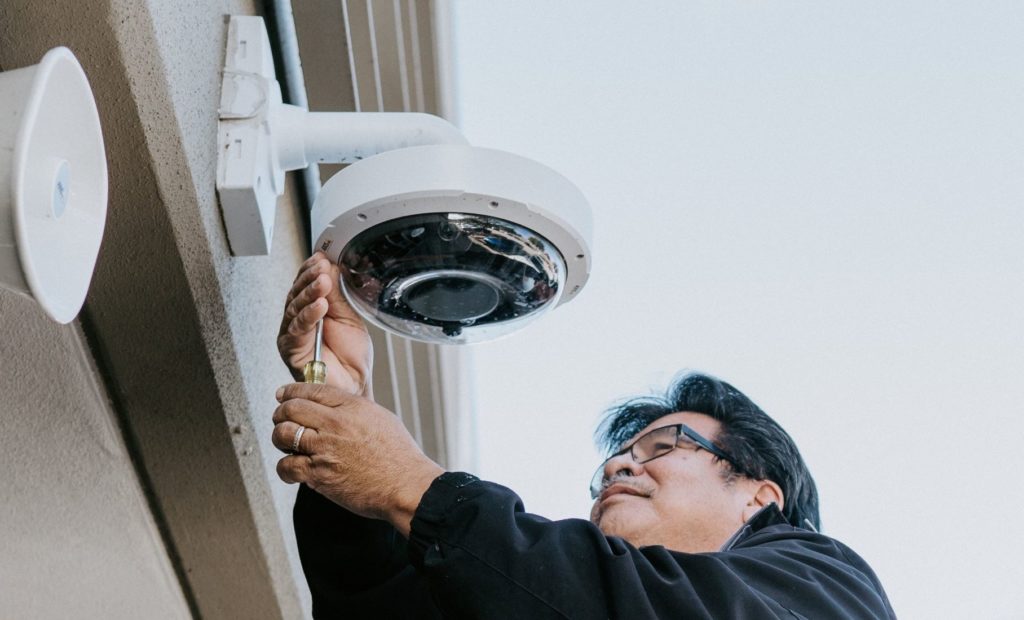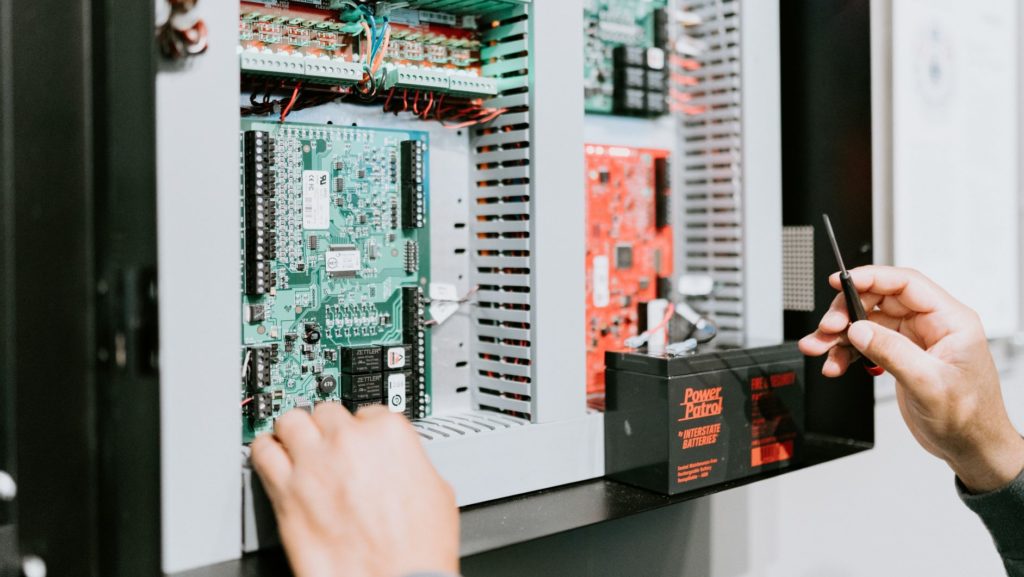
Standardization is common practice for most organizations.
Companies standardize training, processes, and more. IT departments create equipment standards. Fire and police teams have standard ways to perform their duties while staying safe.
Even schools standardize internal procedures, from learning and testing to visitor management and lockdown drills.
But it’s easy to overlook applying those same principles to school security systems — a move that can greatly improve security on your campus.
Here is a closer look at how standardization can help you improve school security.
01. Standardization lowers the overall maintenance cost of your security system.
One of the biggest problems that school teams face when dealing with security comes down to complexity.
A single security system can contain hundreds or thousands of devices. All of these parts need to be serviced, monitored, and maintained.
Unfortunately, the more complicated the system becomes, the harder it is to manage. Adding components from a wide variety of manufacturers makes the system more difficult to maintain and much easier for parts to get overlooked.
The result: Higher rates of equipment failures and increased maintenance costs.
And this isn’t exclusive to security systems; it’s true for all facilities- and IT-related work.
Run to fail or repair can easily cost 10 times as much as a good maintenance program.
By standardizing your system, you can cut down on the time it takes to check parts, maintain systems, and replace failed components.
02. It eliminates tedious or confusing maintenance processes.
Organizations get into trouble without some kind of standardization. Without guidance, workers tend to create their own processes to solve complex problems.
In these scenarios, knowledge becomes tribal. It isn’t passed down through written documentation. Instead, it’s delivered via word of mouth between different individuals and groups.
That’s why 96% of companies already have some kind of standardized business process in place to keep everyone on the same page.
With security systems, a lack of standardization creates these issues because different pieces of technology interact with one another differently.
A camera from one brand may need a proprietary cable or setup process in order to connect to the rest of your network. An off-brand keypad system may have a specialized maintenance or setup process that is different from everything else you own.
As this knowledge becomes more fractured and specialized, the number of individuals who know how to maintain your equipment starts to decrease.
Standardization helps with this by ensuring that maintenance processes are identical across your entire system.
Consider this: It’s much easier to maintain a system when all of your cameras, cables, and access control units are the same. In that scenario, it doesn’t matter which individual unit that your team needs to maintain because the parts and procedures are all identical.
This kind of system ubiquity also allows you to lower the technical threshold required to perform system maintenance. As users become more familiar with your system, it takes less time to service it.
And you see those benefits quickly in a standardized system because the number of parts that your team needs to learn about is drastically reduced.
03. You can finally get all of your systems talking to one another.
One major focus for schools over the past several years has been the push toward interoperability, the seamless, secure, and controlled exchange of data between different applications and technologies.
The general idea is that it’s difficult to compile data in one place, which makes it harder to track achievements, spot educational opportunities, and get a more holistic view of a student’s academic progress.
But in the same way that you may want to get all of your academic systems talking to one another, you should also focus on creating interoperability in your security system.
Why? Because the whole is greater than the sum of its parts.
Your security system works best when all pieces are working together and can provide a comprehensive overview of your entire coverage area. Your team can make more informed decisions, monitor for patterns, isolate gaps, and much more.
By standardizing your technology, you can reduce obstacles that prevent your system from sharing information across your network. Troubleshooting and repair become much easier since all of your equipment is similar.
Without taking steps to standardize, your team is likely to experience greater difficulty when networking your technology and trying to leverage the power of your system to its full effect.

04. You can plan for future compatibility with open architecture and open platforms.
Like systems in many other disciplines, your security infrastructure can either be designed with closed or open architecture.
Closed architecture typically includes systems that only offer limited upgrade capacity and network flexibility.
Think of a Windows desktop vs most modern laptops. It’s possible to swap out parts and massively upgrade a desktop unit. Most laptops don’t provide that capability, as miniaturized parts pieces are soldered together to provide a stable and portable computing platform.
The problem with these closed systems is that expansion options may be both costly and limited. You may be forced into buying additional proprietary products and the system may reject competitive, third-party alternatives in an effort to keep you locked into a specific ecosystem.
At 3Sixty Integrated, we always advocate for and recommend solutions that support open architecture because they provide more options and great flexibility to clients.
By standardizing your security technology with components that support open architecture, you can build a strong foundation that can adapt to your evolving needs.
05. It helps you build customized solutions from standardized assets.
While there are some commonalities between schools at a fundamental level, every security situation is unique.
But the majority of those outstanding situations can be solved using a unique combination of your standardized assets. In a previous blog post, we mentioned how the 3Sixty team solved a vaping issue during a recent security assessment.
Ultimately, our team used cameras and a vaping sensor to tackle this issue. These components weren’t single-use or single-purpose devices, and they fit in perfectly with the client’s existing security architecture.
Using a standard set of parts, our team created and deployed a customized solution to fill a specific need. Those parts could easily be repositioned as part of a new security assessment and recycled for better use elsewhere in the client’s security infrastructure, if needed.
By standardizing your technology, you can effectively limit the toolkit that you use to solve unexpected issues.
Using a standardization strategy and a predefined set of tools, you can work to maintain system integrity without the need for team retraining on specialized components.
While it’s always possible to reach outside of your standard toolkit and create more unusual solutions, standardization prevents your team from taking this approach in all but the most extreme circumstances.
Building a versatile & standardized school security system
Security technology standardization standardization is the backbone of a flexible and versatile security system.
Standardization remains one of the most effective ways to lower the total cost of ownership of your security infrastructure and improve your district’s security readiness.
Progress toward security system standardization is a worthwhile endeavor that leads to a multitude of benefits and internal confidence.
If you’re currently stuck with a patchwork or close-ended system and you want to break free, we can help.
Click here to get in touch with our team.

